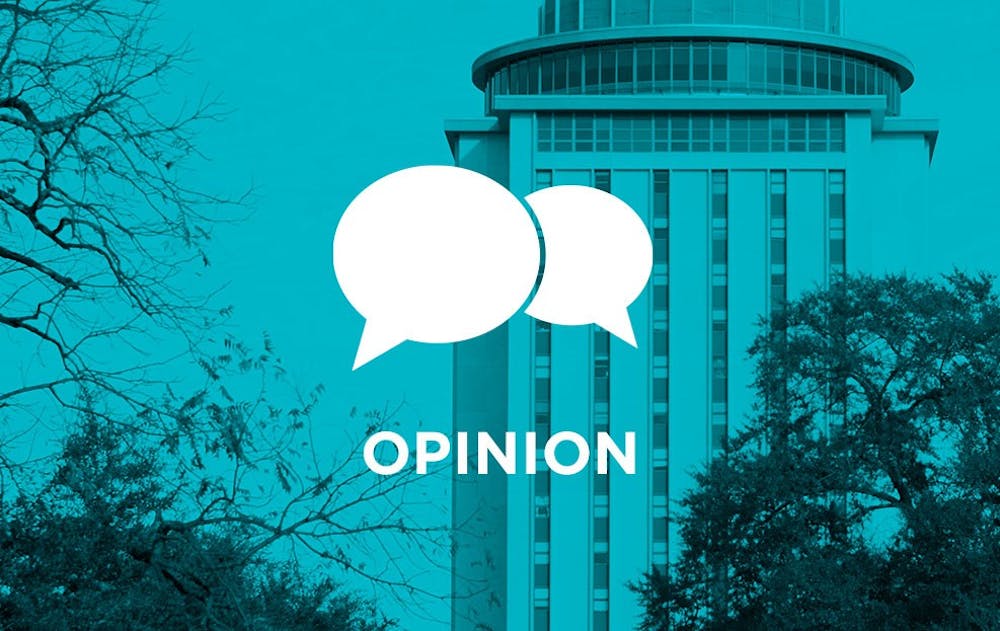Last week, the University of South Carolina unveiled a statue of Richard Greener outside of the Thomas Cooper Library. Richard Greener was the first African American Professor at the University of South Carolina. A Harvard graduate, Greener also served as the Dean of Howard University School of Law. He relocated to Columbia, South Carolina, during Reconstruction where he taught until Reconstruction ended in 1877, the same year that Governor Wade Hampton closed the university.
Nearly 150 years after he was at the university, Richard Greener stands memorialized outside of the Thomas Cooper Library. Richard Greener is more than just a statue — he is symbolic. He shows a shift in history, or at least the way that the university is choosing to address it. He symbolizes the first of many steps taken to better represent African-Americans, an entire population whose contributions have been vastly underrepresented throughout Southern history.
As a history major, I have written several articles about the need for a revision of Southern history. I want to clarify what I mean by a revision: not a revision of what happened, but a revision of how we present it. This is something the South has struggled with since the Civil War, and it is evident all across college campuses in the South. Here at the USC, we have a gym named after Strom Thurmond, a segregationist. There is also a residence hall named after Dr. James Marion Sims, a doctor often questioned for his unethical experiments on African American women. The South has a problem of addressing prominent African Americans, or at least honoring and memorializing them, in the same capacity as they do Confederate generals or wealthy plantation owners.
This statue is not the first step taken by the university. Last December, the university unveiled historic markers on The Horseshoe. These markers addressed the contributions that were made by enslaved persons at USC. This allows an interesting dialogue to be opened, and more importantly, an awkward topic to be brought to light.
USC was chartered in 1801 and first held classes in 1805, 60 years before slavery was officially ended by the 13th Amendment. These markers address individuals that we know were present on campus but until now were not mentioned.
While these are steps in the right direction, it is important for the university to realize that this journey is nowhere close to being finished. The University of South Carolina and the city of Columbia have rich and complex histories, and addressing them completely is an important task. We will know this journey or task is complete when men like Richard Greener become household names over the infamous Ben Tillman or Wade Hampton.

